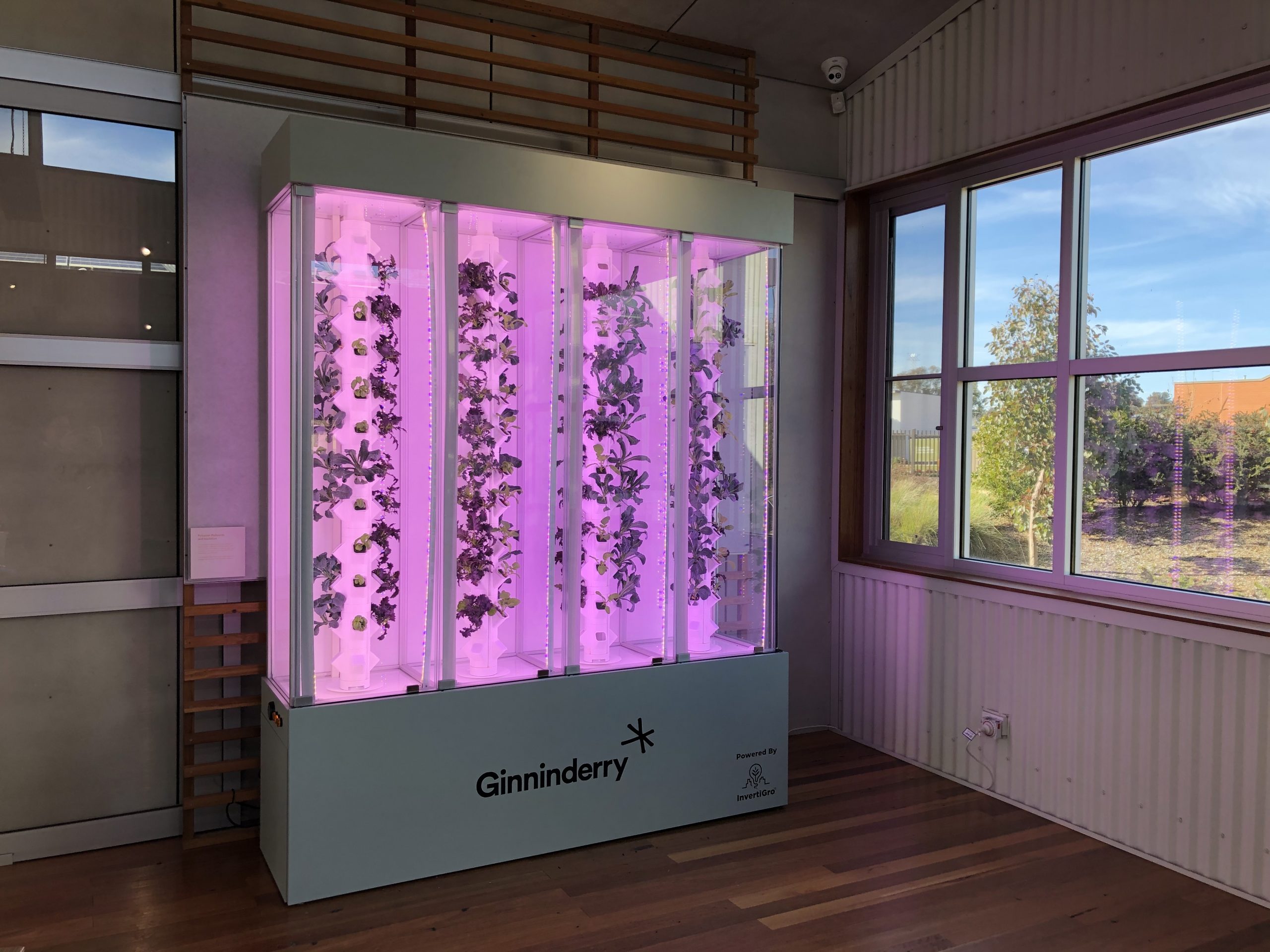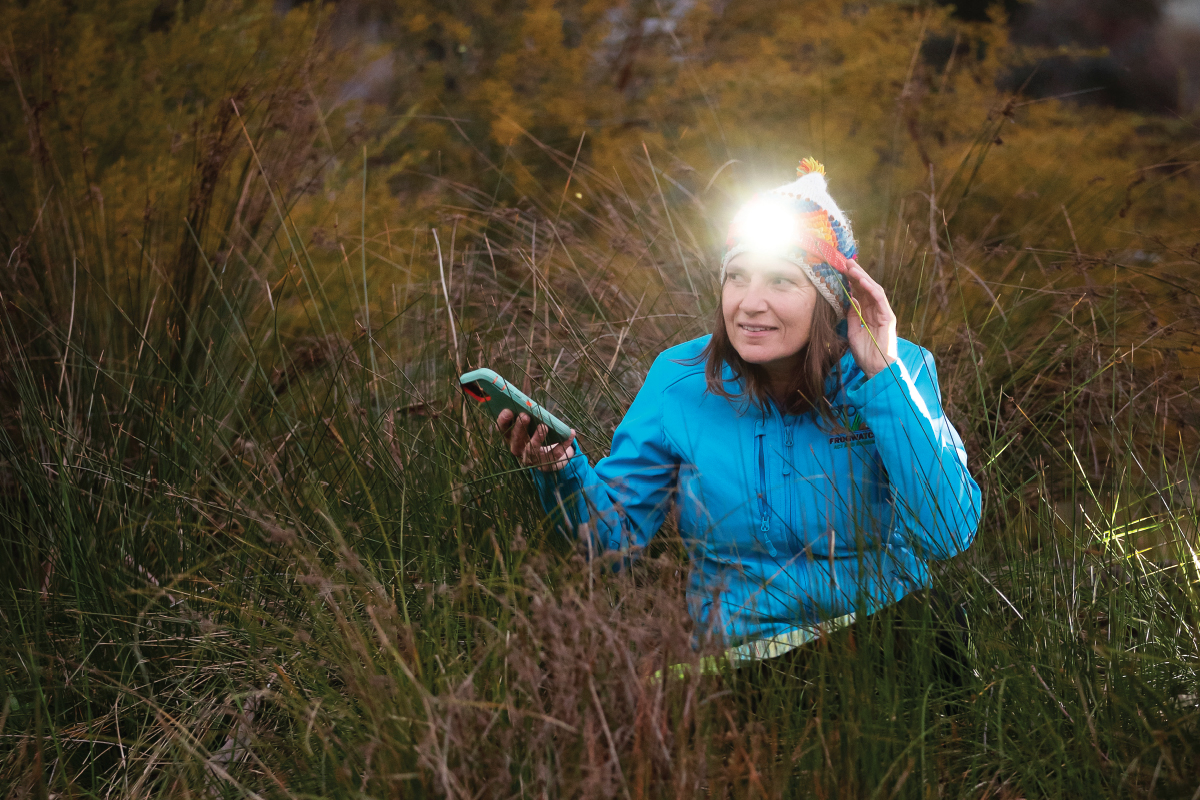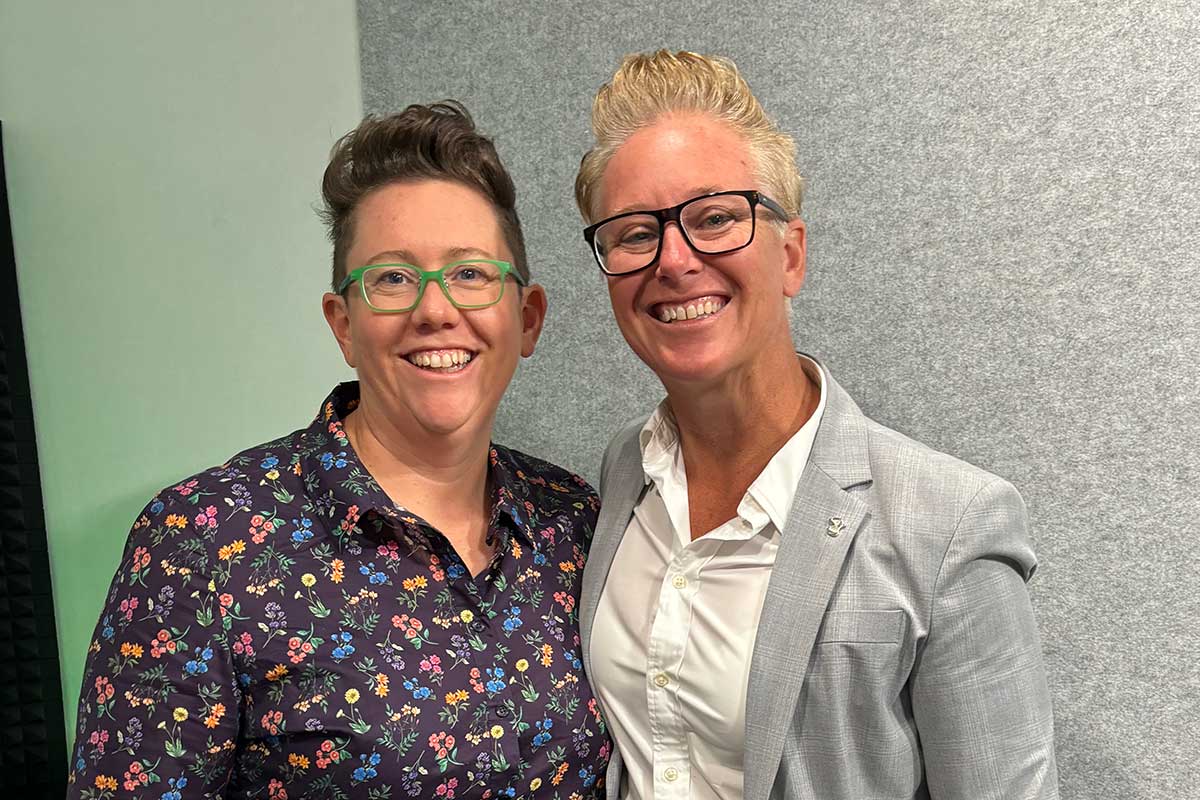From community noticeboard to vertical garden: exploring the future of food sustainability
Think back to the last meal you had. How much did it cost? You probably know what you paid for it – you may even still have the receipt – but what about the food’s environmental cost? Across the world, food production, distribution and consumption leaves a very heavy footprint and is a leading cause of environmental harm. Not only that, but the global population is said to already be consuming more than the planet can sustainably produce. So what can we all do to help create a more sustainable food system?
With sustainability underpinning the project, Ginninderry is doing its bit to help answer this very question, installing Canberra’s first ever InvertiWall vertical garden.

Sitting at The Link, Ginninderry’s main community hub and sales and information centre, the Ginninderry InvertiWall by InvertiGro will replace the previous community noticeboard and will be unveiled on Thursday.
“In designing Ginninderry we wanted to look at ways we could introduce more local food production and urban agriculture into the framework. As part of a strategy to bring food back into the suburbs and communities we wanted to explore different kinds of innovations in urban agriculture and local good production,” said Jessica Stewart, Sustainability Manager for Ginninderry.
“InvertiGro’s system is a really innovative way of farming. It’s an opportunity to grow food locally within a community, a real example of something that’s quite different, and provides the community a way to learn about food production.”
Australian start-up InvertiGro creates modular units that allow hydroponic and aeroponic vertical farming in unused spaces to grow food. And with a focus on innovation, sustainability, and livability, InvertiGro ticked all of Ginninderry’s boxes.
“Our vision is to build highly efficient and sustainable food production systems and technology for indoor vertical farming that allows our customers to become indoor farmers. Our system is modular and scalable, so they can go into a warehouse of any size and height and convert that space into a highly productive indoor farm. The system can even go into an underground carpark if that space was available. The idea being to bring the farm as close as possible to the end consumer, reducing waste and food miles,” said Paul Millett from Invertigro.
“We use a combination of hydroponic and aeroponic technology with LED lighting, and the system is really flexible and clips together easily. You can put it together quickly and easily, but also once you’ve got it you can configure it from growing basil to growing tomatoes by changing a few parts around or changing the configuration. So it’s a truly innovative product, there’s nothing like it on the planet.”
In Canberra, the Invertigro team will be installing their InvertiWall product; a space-efficient, aesthetically pleasing and highly productive green wall, which can grow produce including leafy greens, herbs, and some vegetables, with space for 200 plants in 1m2 footprint. Not only does producing food locally reduce food miles, the product also has a raft of other environmentally friendly features.

“It’s a hydroponic system where you give the plants the exact nutrients that they need within the water rather than relying on soil, so there are no herbicides, pesticides or run offs. And it’s a controlled climate system, so you can basically put one of these things anywhere. It doesn’t matter what the outside climate’s doing, rain, hail, shine, drought, or bushfire. So you can propagate quicker and more efficiently with a nutrient load that’s exactly right for whatever you’re producing,” said Jessica.
And this is just the beginning – Jessica said there are many possibilities for how Ginninderry will use the produce from the InvertiWall.
“This is us dipping our toes in the water for something that’s a different way for food production or farming. It’s a first for Canberra, and it’s letting us have an opportunity to test how we use it. We may be able to grow things like saplings for the conservation corridor or seedlings for the grasses. We might be able to integrate it with the community gardens, providing the community an opportunity to start growing their own food in a vertical garden space rather than a plot in the ground,” she said.
“Then the other thing we’re exploring is opportunities for learning, and we’re talking to nearby schools on how we might integrate it into some of their subjects. We are also looking at potentially providing food for cafes in the region, so this is just the first step.”


